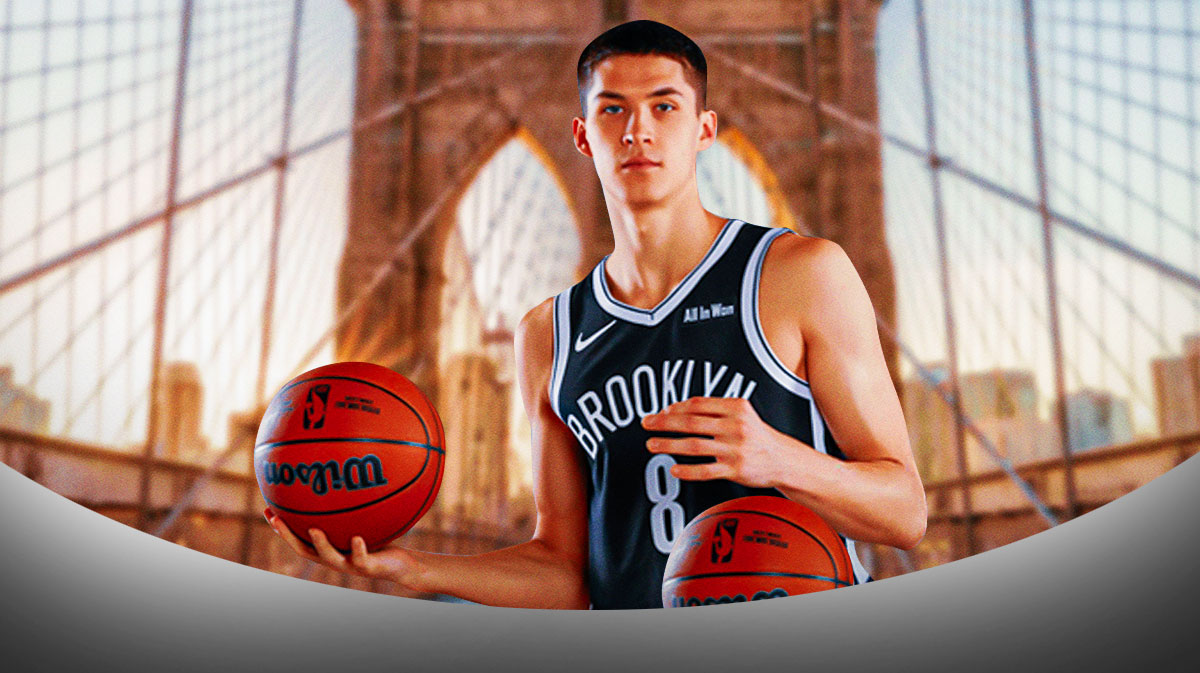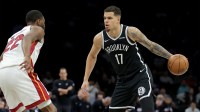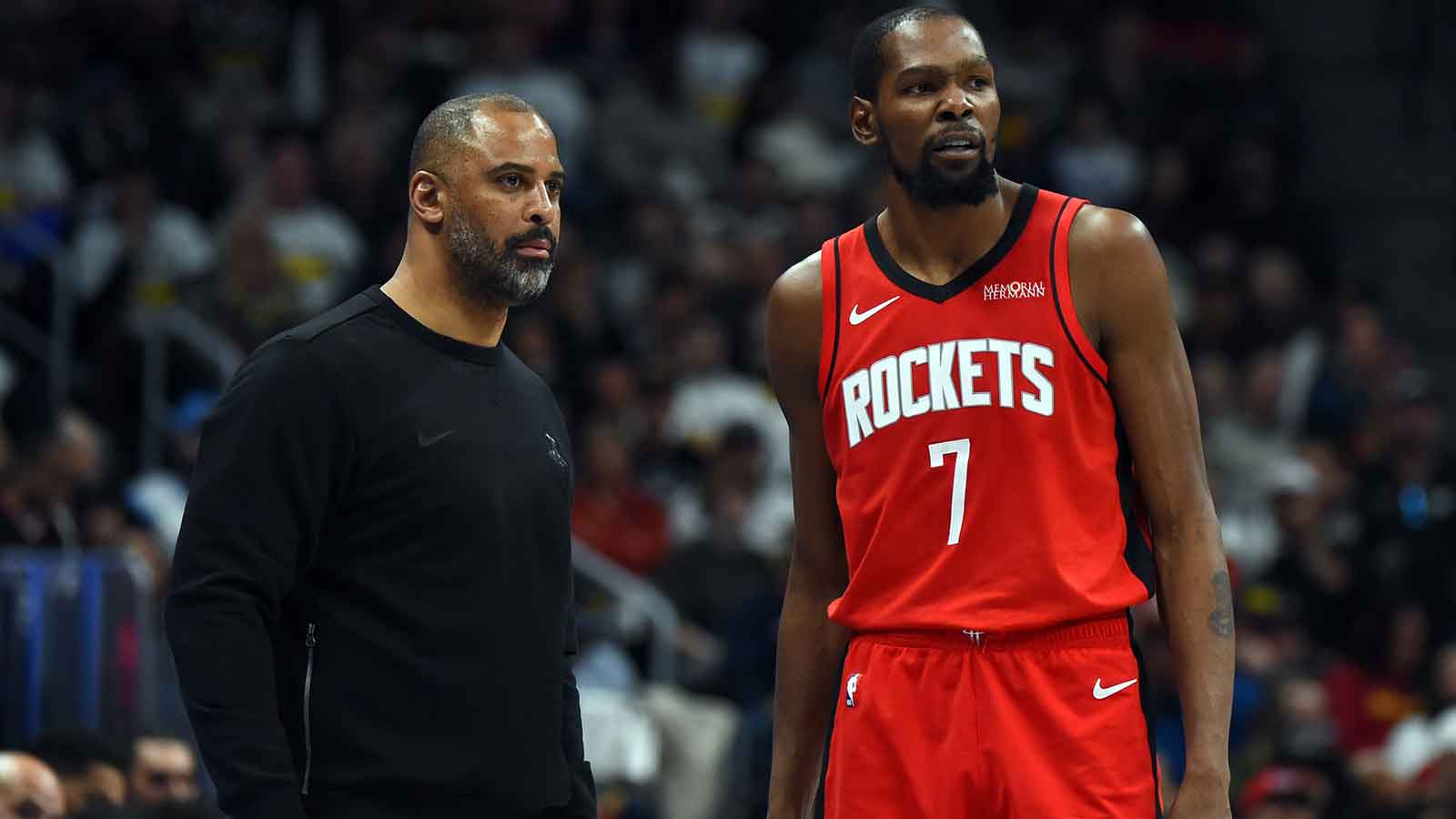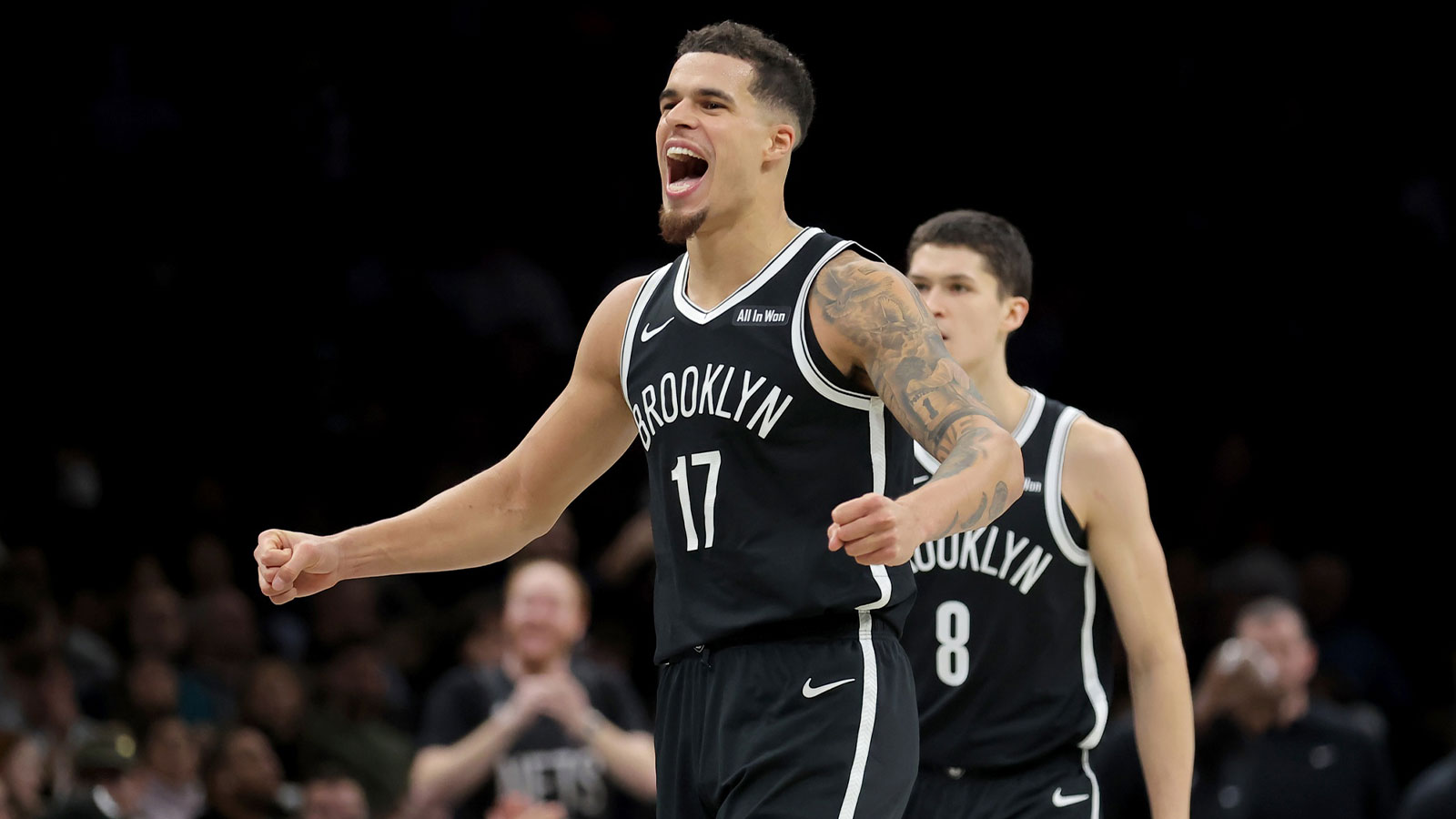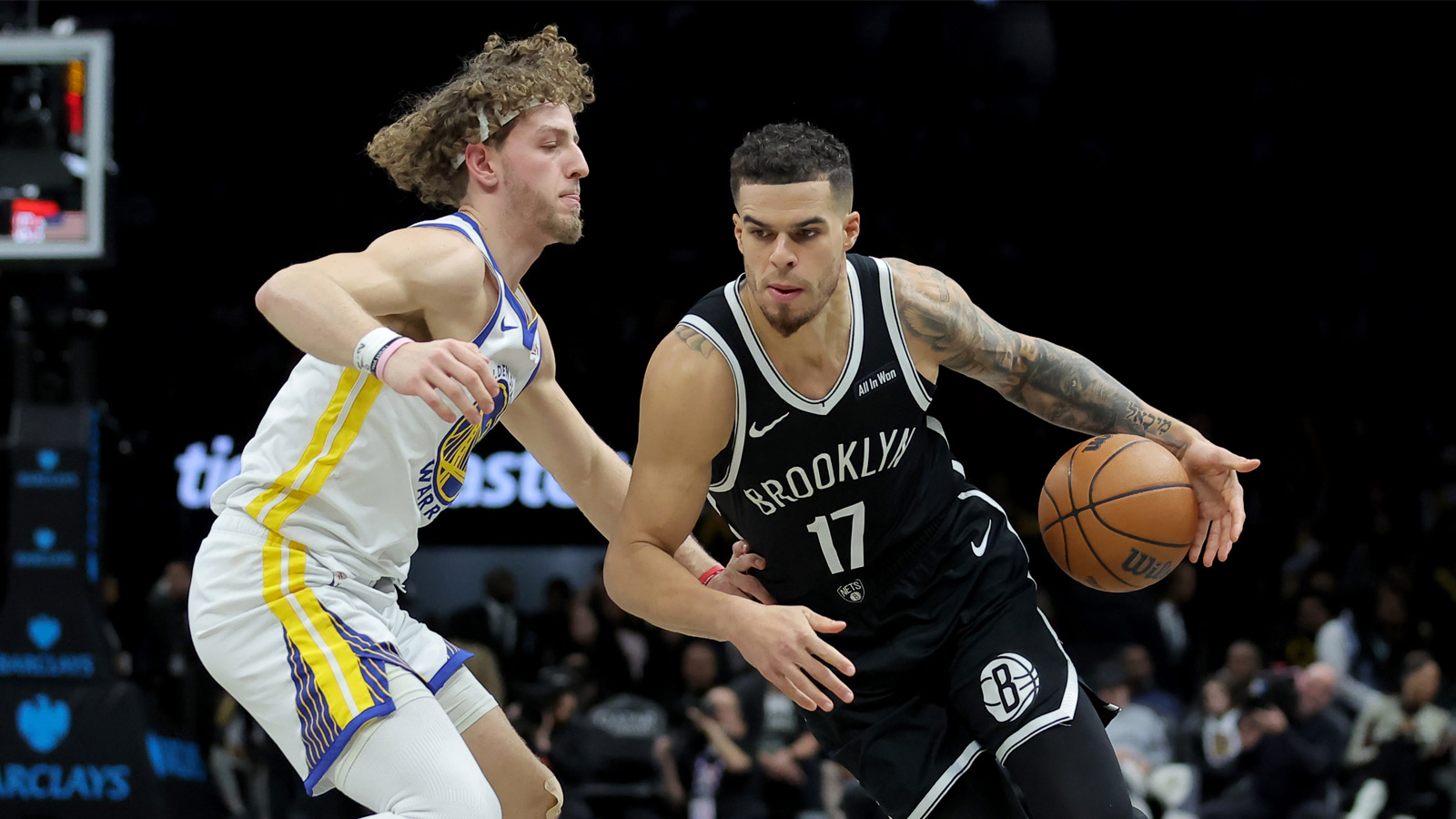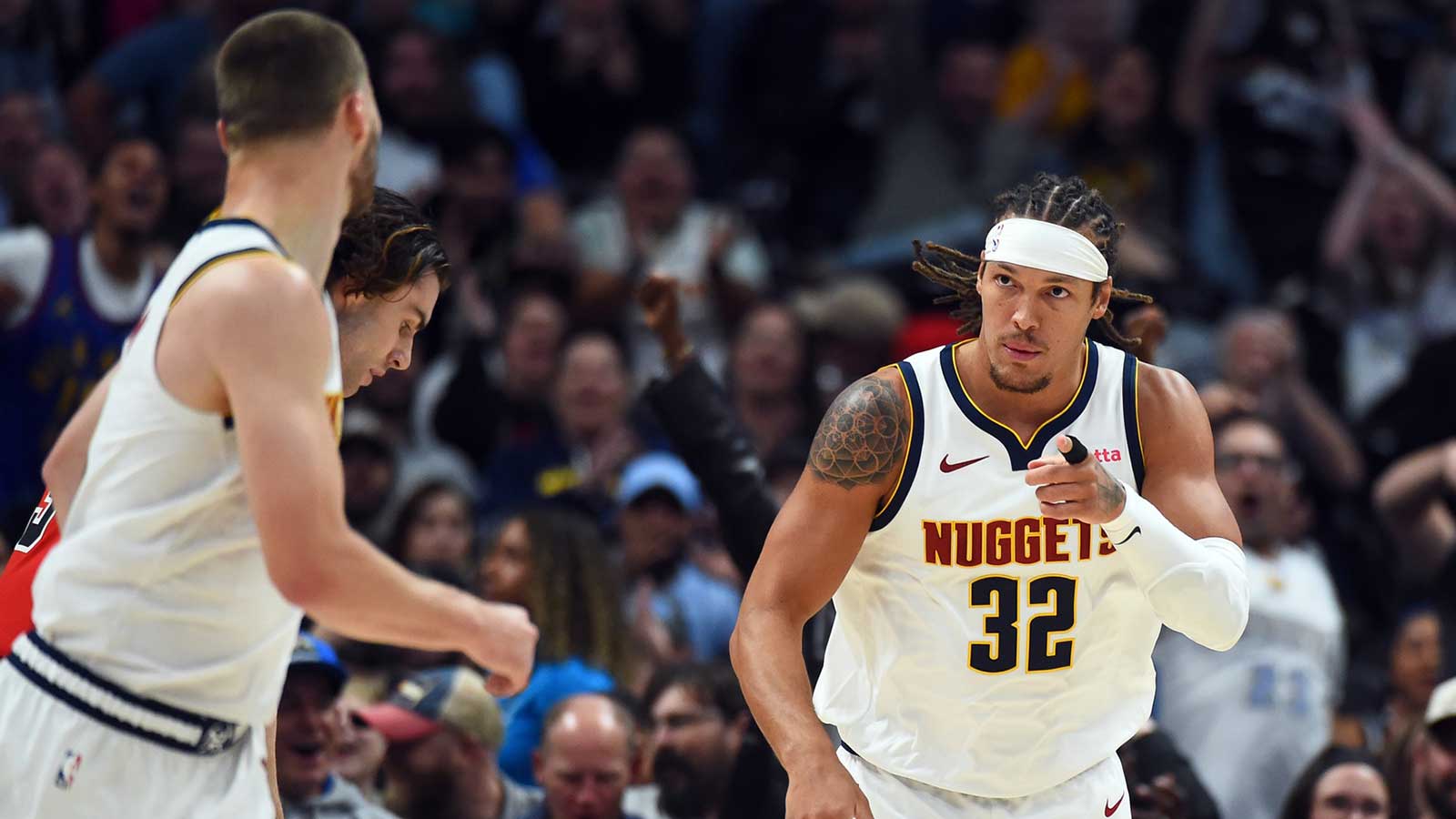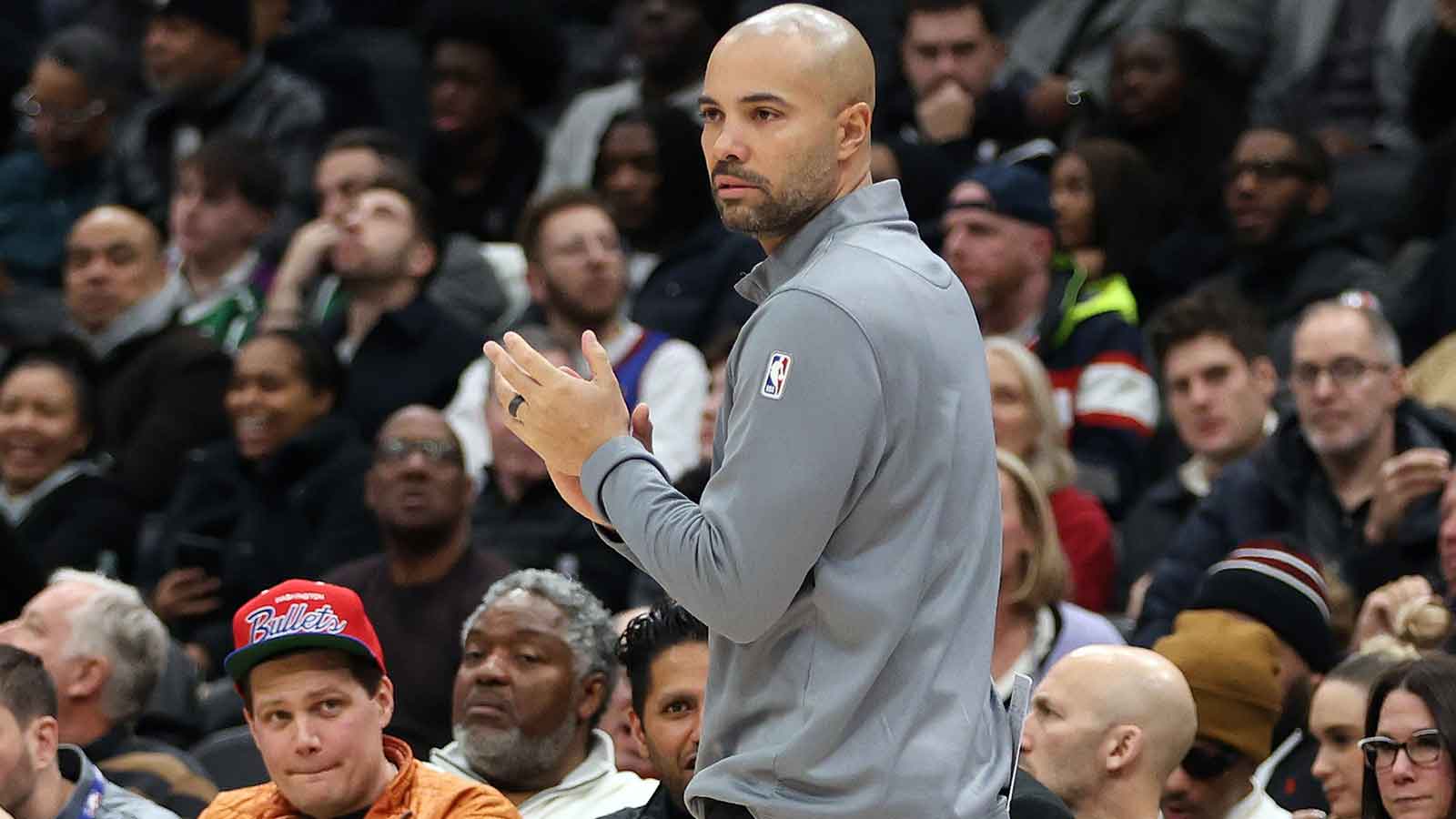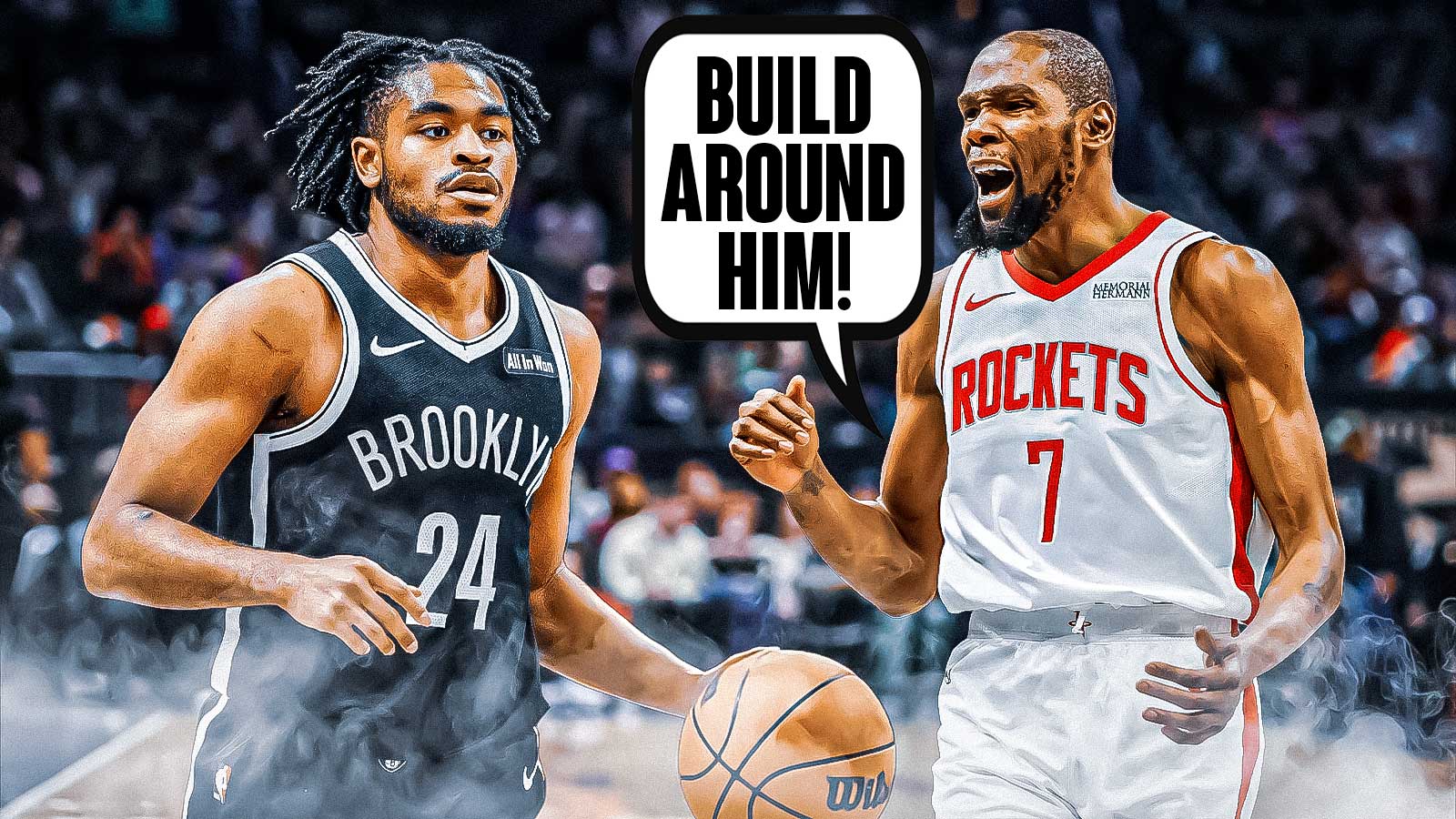When the Brooklyn Nets selected Egor Demin with the No. 8 pick in the 2025 NBA Draft, many analysts and fans alike raised an eyebrow. A 6-foot-8 playmaker out of BYU with a shaky shooting history and vague positional projection, Demin was a high-upside gamble. But after three games at the NBA Summer League in Las Vegas, that gamble already looks more intriguing than questionable.
Demin was one of the surprise sharpshooters of the event, drilling 43.5% of his threes on 23 attempts and showcasing fluid mechanics, confident footwork, and strong off-ball instincts. According to CBS Sports analyst Cameron Salerno, Demin’s outside scoring was one of the most unexpected developments in Las Vegas, especially considering his sub-30% three-point percentage in college.
Nets’ biggest Egor Demin concern: Can he run the offense?
Despite the shooting display, Demin’s role as a primary or even secondary playmaker remains the biggest concern for the Brooklyn Nets coming out of Summer League. Though he averaged 5.5 assists per game at BYU, Demin dished just 1.3 assists per game in Las Vegas and had zero assists in two of his three outings.
Even more troubling: he finished the Summer League with a negative assist-to-turnover ratio, a stark departure from what was once considered a strength.
“He’s not a true point guard,” said Cameron Salerno. “I still don’t know exactly what he will be in the NBA.”
That ambiguity is critical. Brooklyn’s guard rotation is unsettled after several moves, and the team leaned heavily into selecting players with shared playmaking responsibility in the 2025 Draft. The idea was less about slotting a traditional point guard into the lineup and more about building a collective system of ball movement.
Still, for a top-10 pick, you want some level of offensive organization and initiation, especially for a 6-foot-8 prospect often compared to oversized guards like Josh Giddey or Deni Avdija. But Demin's hesitancy with the ball and lack of consistent pick-and-roll reads were glaring against more physical Summer League defenders.
Why the playmaking gap matters for Brooklyn’s development plan
Summer League coach Steve Hetzel acknowledged Demin’s challenge adjusting to the physicality of the NBA game, particularly against older, more developed athletes.
“The physicality of these players he's going up against… their bodies are fully developed,” Hetzel said. “He’s got to focus on the weight room, getting stronger, being able to hold off his defender, and then be able to play in the play-and-roll.”
That’s no small hurdle.
catch, shoot, cash out!
🎯 @whoisegor3 pic.twitter.com/WTmtTaQfQS
— Brooklyn Nets (@BrooklynNets) July 10, 2025
Demin's frame, though long and fluid, isn’t yet NBA-ready for consistent dribble penetration. He often deferred under pressure or gave up his dribble early. And though he can navigate a pick-and-roll in theory, as he did at BYU, the quick decisions needed to manipulate defenders and hit shooters or roll-men were mostly missing in Las Vegas.
The Nets drafted Demin partially because of his unique combination of size, vision, and upside. But after the Summer League, it's clear the vision doesn’t yet translate under pressure, and the ball-handling remains vulnerable against physical guards.
This leaves the Nets with a conundrum:
-
Do they accelerate Demin’s usage as a wing shooter and secondary passer while shelving the idea of him as a point guard?
-
Or commit to developing his playmaking through G League reps and film study?
Either path has risks, especially on a roster already loaded with developmental players like Dariq Whitehead, Noah Clowney, and Jalen Wilson.
The good news: Demin’s shooting might be real
The most encouraging takeaway from Demin’s Summer League, however, is that his three-point shooting wasn’t just a fluke. He shot 40.0% on 7.5 attempts per game, many coming in rhythm, off movement, and against live closeouts. This wasn’t a spot-up-only display.
Nets' coaches didn’t explicitly design plays for him to shoot that often; it happened naturally within the flow of the offense.
“It's more how it played out than anything we planned,” Hetzel said. “He showed a willingness to let it fly. That's good to see.”
Given his reluctance to shoot in college and questionable percentages, this evolution is critical. If the shot holds up, Demin can at minimum be a floor-spacing wing with defensive upside and a secondary playmaking role. That alone justifies his lottery pick status, even if the point guard experiment fades.
3GOR!!! (x2) pic.twitter.com/kcv67VDxGn
— Brooklyn Nets (@BrooklynNets) July 14, 2025
It’s still very early, but the Nets leave Las Vegas with a clearer view of who Egor Demin is today, and a more complicated sense of who he might become. The shooting surge is promising, the athletic frame is undeniable, and his defensive instincts on closeouts and rotations show potential.
But the biggest concern, his ability to orchestrate an offense, remains unsolved.
Demin will likely require at least a season to adjust to NBA physicality, sharpen his passing under pressure, and grow his offensive presence inside the arc (just 4 of his 27 shots came inside the three-point line). He may not be a lead guard, but he could still become a very valuable piece in a modern, switch-heavy, positionless Nets system.
For now, Brooklyn fans can dream on the shot and wait on the rest.

